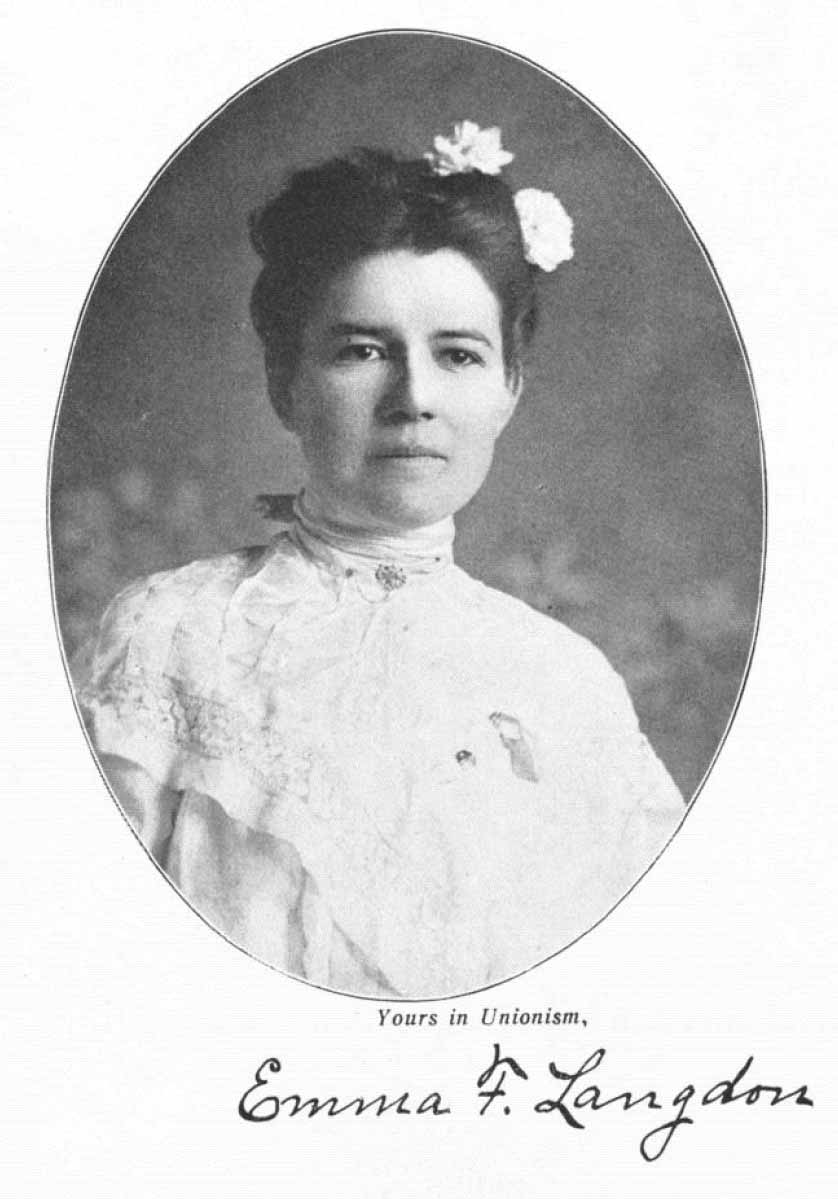The term is one used for British 19th-century publications printed on cheap wood pulp paper featuring serialized versions of lurid or adventure stories and sold for a penny. Other names (all pejorative) were penny horrible, penny awful, and penny blood. Publishers wanted sensational stories featuring detectives solving crimes, the exploits of the criminals, or about supernatural beings that would keep readers coming back to buy each new installment. The target audience was working class to lower class boys and young men. Note: these publications were the inspiration for the dime novels made popular in the United States in the mid-1800s. And then in a twist, American dime novels were rewritten for a British audience and featured such favorites as Buffalo Bill, Frank Reade, and Deadwood Dick.
Industrialization allowed for factories and shops to manufacture products or weave cloth or make shoes faster thus shortening the work day. With that extra hour or so, workers looked for entertainment. Literacy rates rose, workers had a bit extra to spend, and a new industry was born. As with all new industries, the demand for stories was immediate. Plus the increase in the number of railroad tracks allowed for broader distribution.
Some of the stories were reprints of Gothic thrillers released as novels, like The Monk or The Castle of Otronto. Among the most famous of these serial stories are: The String of Pearls: A Romance (which introduced Sweeney Todd, the Demon of Fleet Street), The Mysteries of London (based on an earlier published The Mysteries of Paris) and Varney the Vampire, a story about a lord who was also a vampire that contains many of the tropes that continue in current day vampire lore. Another popular hero was highwaymen. One series, Black Bess or The Knight of the Road, ran for 254 issues and highlighted the mostly fictional tales of a real-life highwayman named Dick Turpin. Other stories ripped off famous Charles Dickens’ novels and even boasted similar titles: Oliver Twiss, Nickelas Nicklebery, and Martin Guzzlewit.
 |
| both covers from Wikipedia |
Leave a comment for a chance to win Chasing Adventure, book 8 of my “Entertainers of the West” series, featuring a heroine who wrote dime novels in the 1880s. Awarded on Saturday, September 28th at 6PM PDT.
~**~**~~
Today is the last day for the 99 cent sale on Dulcina and Hazelanne in “The Widows of Wildcat Ridge” series, sweet historical romance set in 1884 Utah Territory.
Dulcina--Will bringing an old friend to town provide the help Dulcina needs or a new kind of trouble?
Hazelanne--How do a homebody and a wanderer manage to live together under the same roof?































































